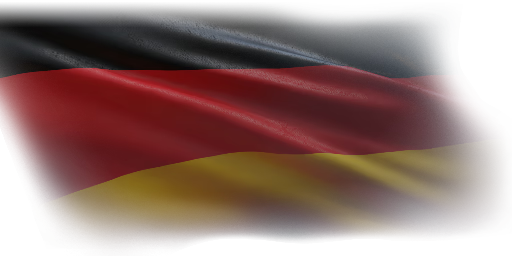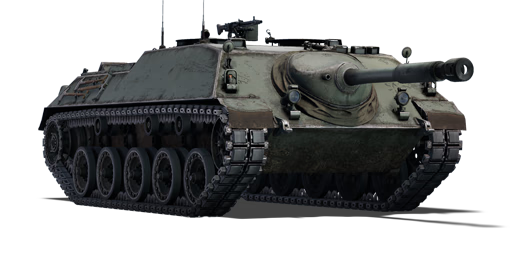In the early stages of the Cold War, the newly formed Bundeswehr faced the issue of combating the massed armoured threat that the Warsaw Pact presents. Reflecting back to the combat effectiveness of "Jagdpanzer" type vehicles in World War II, the Bundeswehr aimed for the procurement of similar tank destroyers to take on Soviet armour. One such design that the Bundeswehr would procure was a cannon-armed tank destroyer known as the Kanonenjagdpanzer. Following a period of development, the prototype developed by Rheinstahl-Hanomag, designated Kanonenjagdpanzer 4-5, would be adopted in 1963 and 770 units would be produced. These 90 mm cannon-armed tank destroyers would see use up until the early 1980s, but variants derived from the vehicles stayed in Bundeswehr service until 2003.
The JPz 4-5 was introduced in Update 1.53 "Firestorm". Players familiar with the StuG and Jagdpanzer series of vehicles earlier in the German tech tree would be familiar with the JPz 4-5's form factor. The vehicle is benefitted by its mobility, allowing players to quickly get into positions for ambushes to minimize the downsides of a turret-less construction. While the 90 mm cannon is not the most intimidating calibre of use, the access to HEATFS shells in the matchmaking means the JPz 4-5 can very easily penetrate any foes it hits.
















